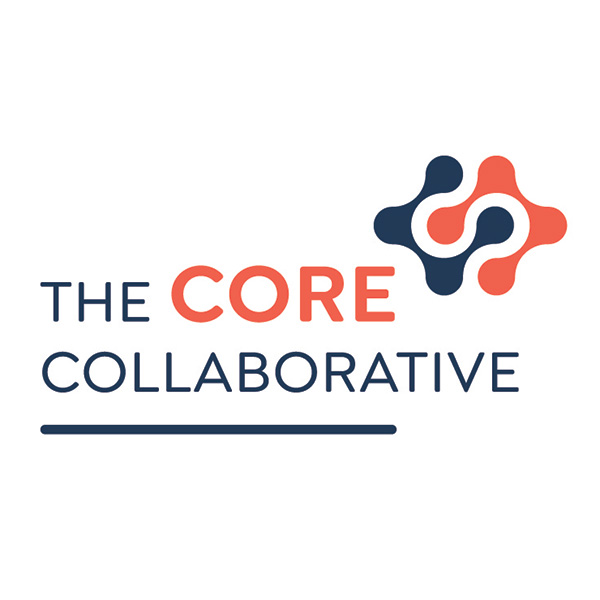As Impact Teams/PLCs we know the power of using data to drive instruction. Universal screeners like STAR, NWEA MAP, and i-Ready provide critical insights into students’ strengths and areas for growth. However, the real challenge isn’t just analyzing the data—it’s setting actionable goals that align with upcoming units of study so that students can actively engage with and practice the skills they need to master.
Too often, goal setting can feel disconnected when students set targets that don’t align with what they will be learning in their core instruction. When this happens, progress stalls because there is no consistent practice or reinforcement of those skills. Instead, meaningful goal setting must bridge the insights from universal screener data with the scope and sequence of curriculum-aligned learning experiences.
1: Leverage Universal Screener Data to Identify Trends
At the beginning of the year (BOY), screeners provide a snapshot of student performance in key domains like phonics, vocabulary, fluency, comprehension, or mathematical concepts. Instead of setting broad goals, educators should ask:
- What specific skills do students need to develop between now and the middle of the year (MOY)?
- Which of these skills will be explicitly taught in upcoming units?
- Where do we see gaps that require additional support beyond core instruction?
- What does the progression of this skill look like according to research-based learning progressions like the TCC Main Idea Progression or Story Element Progression?
Step 2: Align Goals to the Scope and Sequence and Learning Progressions
An actionable goal should connect to what students will be expected to learn and practice in their upcoming units. Using learning progressions ensures that students understand their current level of competency and what their next steps are. For example:
- If the next reading unit focuses on determining the main idea and supporting details, students should set goals based on their level in the TCC Main Idea Progression, ensuring they move toward proficiency step by step.
- If the next writing unit requires students to analyze characters and themes, they should set goals based on their place in helping them see their growth over time.
- If the next math unit introduces fractions, students struggling with foundational number sense should set goals that align with the progression of mathematical reasoning, allowing them to track their conceptual development.
By aligning goals to both upcoming learning experiences and learning progressions, students will have structured opportunities to practice, receive feedback, and reflect on their progress in authentic contexts.
Step 3: Utilize WIN Time for Targeted Practice and Progress Monitoring
Many schools implement What I Need (WIN) Time, an intervention and enrichment period where students can focus on personalized goals. During WIN Time, students can:
- Engage in skill-based small group instruction or independent practice aligned with their goals and learning progressions.
- Receive ongoing formative feedback through quick progress monitoring checks.
- Track their progress using self-reflection tools to evaluate what strategies are working.
- Compare their growth using their placement in the learning progression, identifying their movement towards mastery.
WIN Time provides a dedicated space where students can intentionally build expertise, ensuring their personal growth goals remain a priority even if they are not the primary focus of whole-group instruction.
Step 4: Use Progress Monitoring to Refine Goals
Goal setting isn’t a one-time event. Adjustments may be needed as students receive feedback and data from formative assessments. Educators can support students in:
- Reflecting (.75 ES) on their learning journey using learning progressions to determine their next steps.
- Celebrating growth and identifying areas that still need work.
- Making data-informed shifts in their goals to maintain alignment with instructional priorities.
Bringing It All Together: A Classroom Example
Imagine a 4th-grade student whose NWEA MAP data indicates they need support in making inferences. The next ELA unit focuses on analyzing characters and themes—requiring inferencing skills. Instead of a vague goal like “Get better at inferencing,” the student sets a targeted, unit-aligned goal based on their placement in the Story Element Progression:
“I will move from identifying character traits (Level 2) to explaining how a character’s actions impact the plot (Level 3) by using text evidence in three different texts.”
They receive explicit instruction (.59 ES) and practice opportunities (.79 ES) during core instruction. During WIN Time, they engage in additional activities like close reading exercises or discussions (.82 ES) with peers. By MOY, progress monitoring data shows growth not just in inferencing, but in their ability to apply it in real academic contexts.
Final Thoughts
Effective goal setting starts with leveraging universal screener data but must be refined through the lens of learning progressions and instructional alignment. When goals are tied to the instructional roadmap and supported by dedicated practice time like WIN, students build expertise in meaningful ways.
By ensuring that student goals align with the skills they will be practicing, reflecting on, and receiving feedback on within a structured progression, we move beyond compliance-based goal setting toward purposeful, strategic learning growth.
Are you ready to make goal setting truly actionable in your classroom? Start by aligning your students’ next learning goals with your upcoming units and their current placement on a learning progression—and watch their engagement and progress soar!



